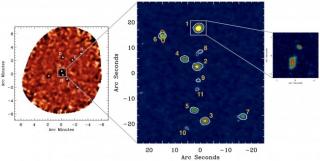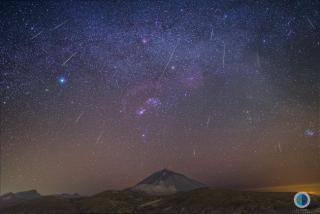
We announce the call for IAC-Nordic proposals for semester 2018B. Deadline: 28 May 2018, at 17:00 h Canarian time (18:00 h CEST) Call for IAC-Nordic NOT proposals for semester 2018B Following the Agreement between IAC and NOTSA for the continued operation of the Nordic Optical Telescope (NOT), 5% of the observing time at NOT is offered for joint IAC-Nordic research programs: this is known as the IAC-Nordic Observing Time. This observing time is aimed at reinforcing the collaboration and synergies between the IAC and the Nordic communities through joint programs. The IAC-Nordic program
Advertised on




